|
Tao Te Ching
THE TAOISM OF LAO TZU
|
Tao Te Ching
|
The Book
The Taoism of Lao Tzu Explained. The great Taoist philosophy classic by Lao Tzu translated, and each of the 81 chapters extensively commented. Click the image to see the book at Amazon (paid link). |
Ancient Excellence
In the Eastern tradition as well as many other cultures around the world, the past has been regarded as superior to the present. The ancestors were supposed to be wiser and nobler, their society more advanced, and their lives richer in every way.
Our present Western style society is practically unique in having the reversed perspective, which probably started with the scientific revolution in the 17th century. Through history, the most common sentiment has been that the past was superior, the more distant the better, and the future had little more to offer than decay.
Lao Tzu also supported this view, as can be seen in this chapter. He believed that ancient man was closer to Tao, the Way, and therefore lived a wiser, more harmonious life. As people gradually deviated from Tao, their lives became more chaotic and burdened. He wanted his readers to return to Tao, thereby recreating the blessed world of old.
His perspective was no mystery, considering that the most precious and impressive things around him were preserved from past times. So were the palaces and most glorious works of art, so was agriculture and other skills to make life pleasant, and so were the books written with the most profound wisdom and poetic refinement.
Anyone in the days of Lao Tzu would marvel at the heritage from past centuries, and see few equally great contributions by his own generation. It made sense to regard the past as the golden era.
Imitate the Past
Still, Lao Tzu's intent is not to glorify the past, but to teach the present. He wants his readers to learn from the example of the ancient sages. We may not comprehend their wisdom fully, but when copying their behavior we learn by doing. Behaving wisely promotes wisdom.Aristotle would have called it mimesis, imitation. The ancient Greeks were aware of human learning largely being done by imitation. Children imitate their parents. This is how most of the human knowledge and experience is passed on.
So, what is the behavior of the ancient sages that we should copy? In this and other chapters, Lao Tzu makes it clear: The role model is practically the reverse of splendid royalty. Instead of luxury and elevation, the sage should seek a humble place, simplicity, and calm.
The sage should rather wait than spring into action, not to make shortsighted mistakes. He should be modest, not to provoke envy. He should be thoughtful and cautious even about things that others regard as insignificant. The stronger his power, the softer his use of it.
This way, the sage is close to the nature of Tao, thereby understanding its workings. It's the Way of living close to nature, or more precisely: close to the natural.
These days, we seem to seek the very opposite. We long for fame and glory, but forget that the more this is bestowed on us, the less the chances are that we can prove worthy of it. Others will not praise us in their hearts, but say: "That could just as well be me."
A society that glorifies some of its citizens promotes envy, competition, and calamity – unfortunately also stupidity. If we make superficial things our quests, we only find what we searched for, which is superficiality. To reach the profound, we must do away with distractions of that kind. Otherwise the mud never settles, and we never see clearly.
The ancient masters, according to Lao Tzu, knew to renounce nonsense, until only the essence remained. Nowadays, we are probably farther from that than ever before. In that sense, Lao Tzu might be right about the golden era of mankind being in the distant past.
NEXT
Tao Te Ching Explained
Preface
Introduction
Literature
translated and explained by Stefan Stenudd.
1 |
2 |
3 |
4 |
5 |
6 |
7 |
8 |
9 |
10 |
11 |
12 |
13 |
14 |
15 |
16 |
17 |
18 |
19 |
20 |
21 |
22 |
23 |
24 |
25 |
26 |
27 |
28 |
29 |
30 |
31 |
32 |
33 |
34 |
35 |
36 |
37 |
38 |
39 |
40 |
41 |
42 |
43 |
44 |
45 |
46 |
47 |
48 |
49 |
50 |
51 |
52 |
53 |
54 |
55 |
56 |
57 |
58 |
59 |
60 |
61 |
62 |
63 |
64 |
65 |
66 |
67 |
68 |
69 |
70 |
71 |
72 |
73 |
74 |
75 |
76 |
77 |
78 |
79 |
80 |
81 |
Tao Te Ching Explained
James Legge's Tao Te Ching
Aleister Crowley's Tao Te Ching
The 1st Chapter of Tao Te Ching in 76 Versions
Lao Tzu — Legendary Author of Tao Te Ching
My Taoism BooksClick the image to see the book at Amazon (paid link).
The Taoism of Lao Tzu Explained. The great Taoist philosophy classic by Lao Tzu translated, and each of the 81 chapters extensively commented. |
About Cookies
My Other Websites:
I Ching Online
The 64 hexagrams of the Chinese classic I Ching and what they mean in divination. Try it online for free.
Qi Energy Exercises
The ancient Chinese life energy qi (chi) explained, with simple instructions on how to exercise it.
Life Energy
The many ancient and modern life force beliefs all over the world explained and compared.
Taoismen på svenska
Other Books by Stefan Stenudd
Click the image to see the book at Amazon (paid link).
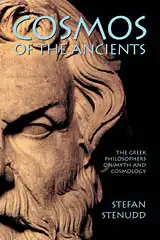 Cosmos of the Ancients
Cosmos of the Ancients
The Greek philosophers and what they thought about cosmology, myth, and the gods.
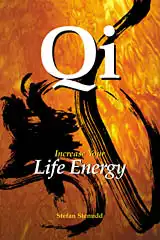 Qi — Increase Your Life Energy
Qi — Increase Your Life Energy
The life energy qi (also chi or ki) explained, with exercises on how to awaken, increase and use it.
 Aikido Principles
Aikido Principles
Basic concepts of the peaceful martial art. Aikido principles, philosophy, and fundamental ideas.
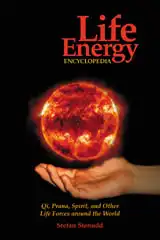 Life Energy Encyclopedia
Life Energy Encyclopedia
Qi, prana, spirit, ruach, pneuma, and many other life forces around the world explained and compared.
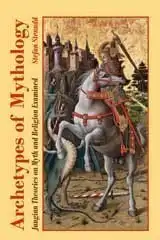 Archetypes of Mythology
Archetypes of Mythology
Jungian theories on myth and religion examined, from Carl G. Jung to Jordan B. Peterson.
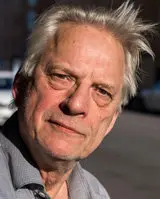 Stefan Stenudd
Stefan Stenudd
About me
I'm a Swedish author and aikido instructor. In addition to fiction, I've written books about Taoism and other East Asian traditions. I'm also an historian of ideas, researching ancient thought and mythology. Click the image to get to my personal website.Contact

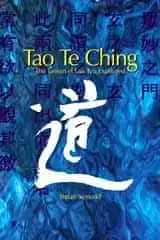 Tao Te Ching
Tao Te Ching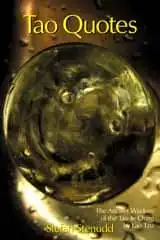 Tao Quotes
Tao Quotes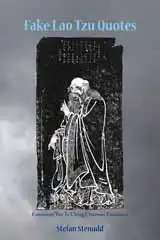 Fake Lao Tzu Quotes
Fake Lao Tzu Quotes